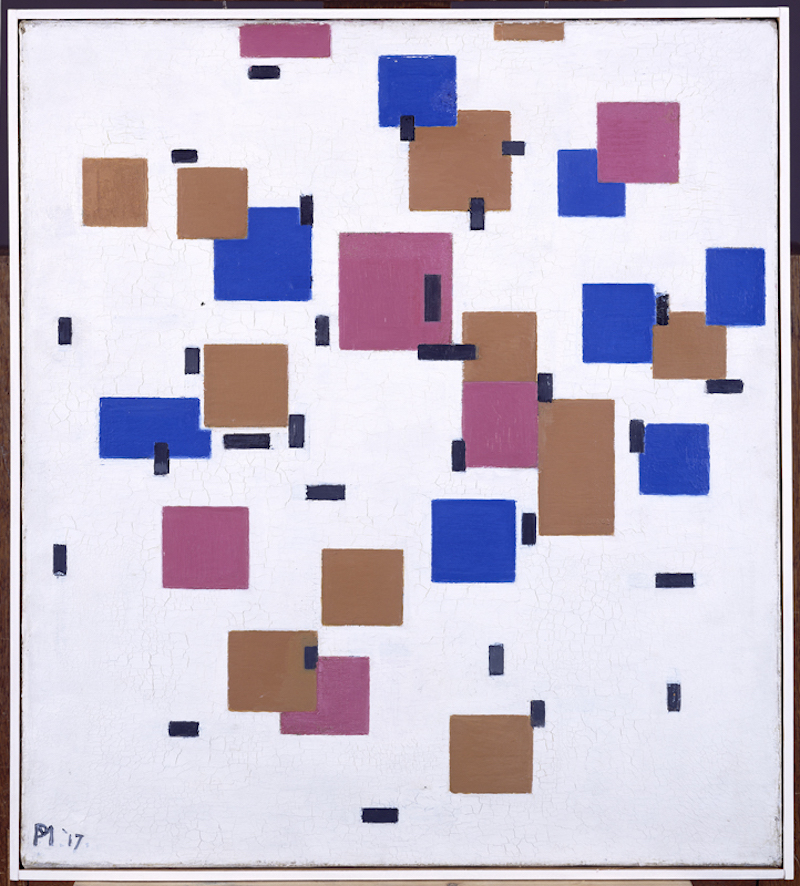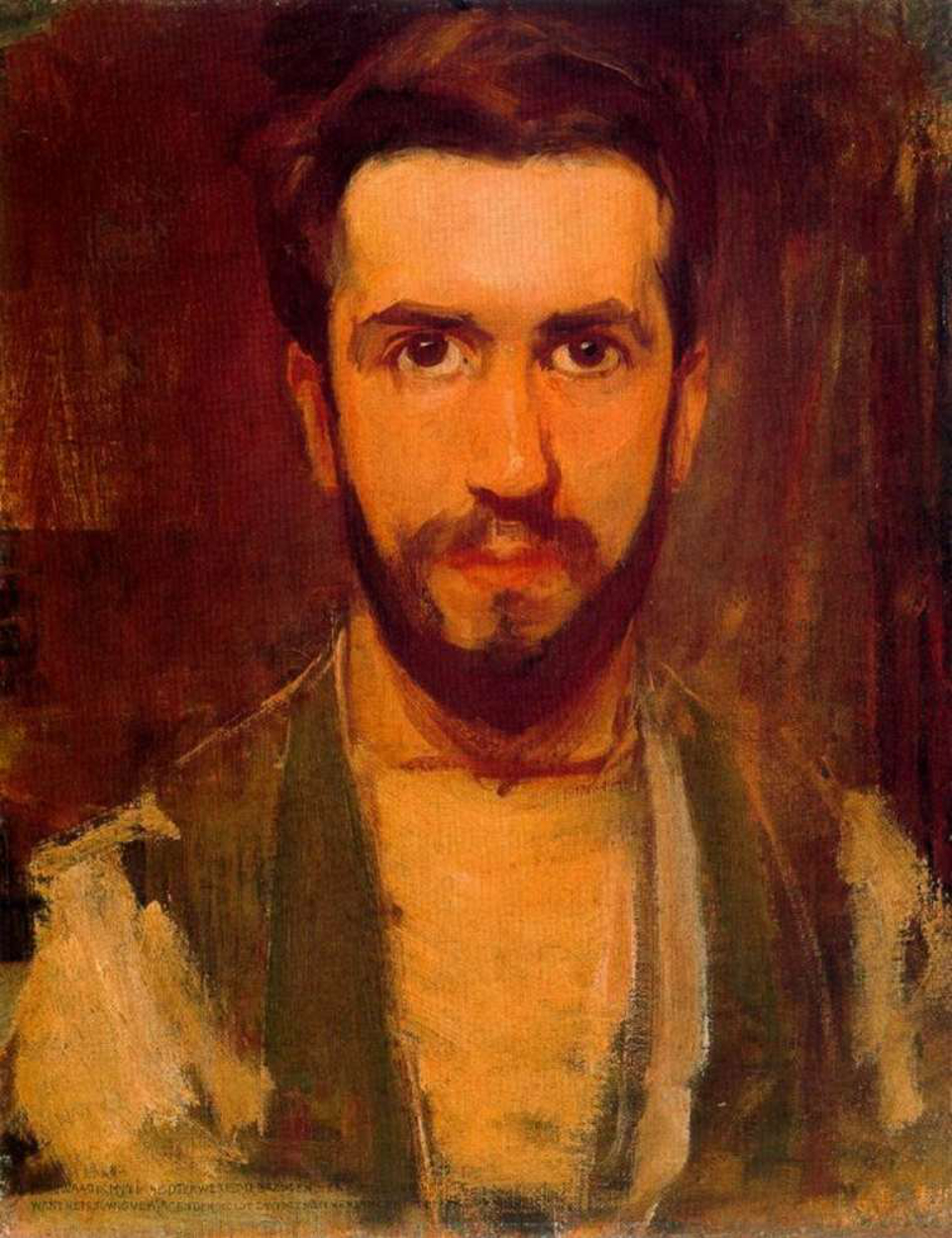Today is the last day of our month with the masterpieces from Kröller-Müller Museum in Otterlo, Netherlands. So for this last day we present something special - Piet Mondrian's piece. Mondrian's himself explained that his new style was based on an "absolute harmony of straight lines and pure colors underlying the visible world." Though at first blush his paintings seem simple (at least in their formal vocabulary) they are actually incredibly complex and were often worked and reworked according to intuition. We hope that you will have a closer look at today's masterpiece and don't forget to visit the Kröller-Müller Museum website and explore their great collection :)
Piet Mondriaan, together with Bart van der Leck and Theo van Doesburg, established the De Stijl movement in 1917. Their aim was to create a new kind of art, for a new and better world. In his work, Mondrian sought a balance between lines and colours and strived for an abstraction that evoked a universal and timeless image. Composition in Colour A is a study towards ‘pure, neo-plasticism’. The colours in this work are a muted version of the primary colours: dark rose red, deep blue and dark ochre. The clearly delineated coloured areas are linked in all possible ways, together with one or more black line fragments. Sometimes they are placed side-by-side, sometimes overlapping, with no obvious system. The result is that the different elements appear to float in an indefinable space. The white is not a neutral background, but a living component of the painting. It is just as much a form as the surfaces and lines. Composition in Colour A still consists of rhythmically arranged coloured areas, but in the years that follow, Mondrian does away with any suggestion of movement and depth in his paintings and uses only red, yellow and blue.


 Piet Mondrian
Piet Mondrian